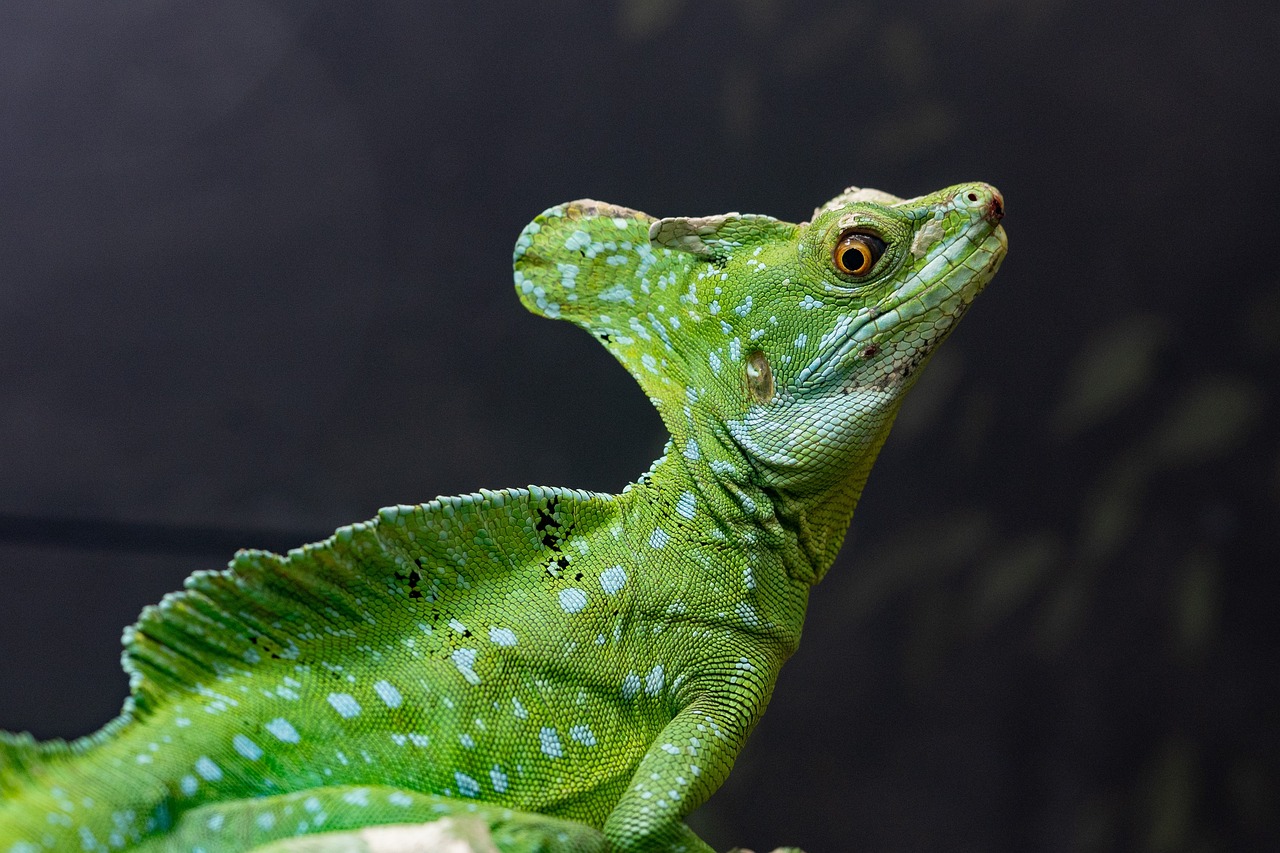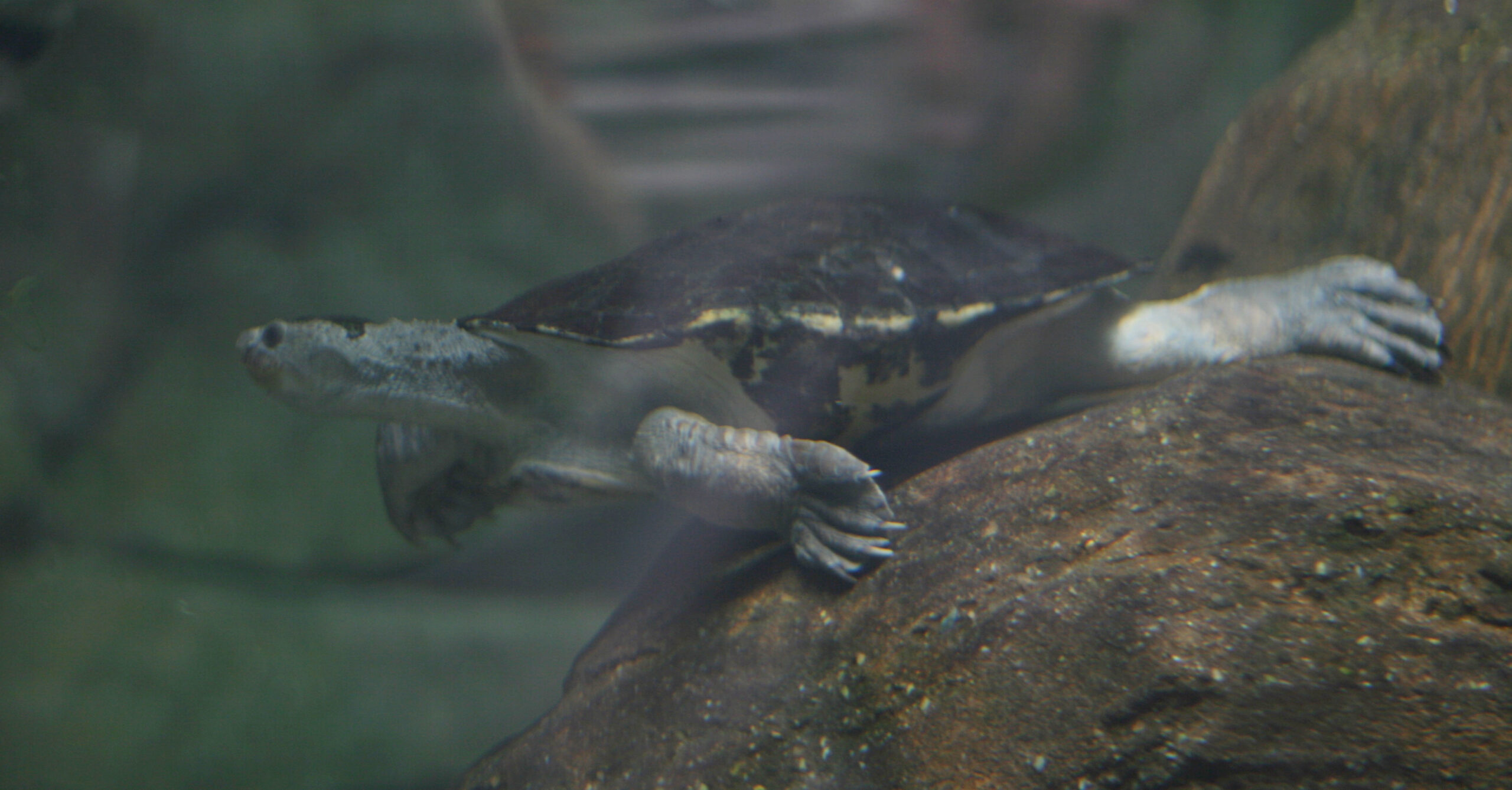Bringing home a new lizard is an exciting time for reptile enthusiasts, but the introduction process requires careful planning and patience. Whether you’re adding a companion to an existing setup or transferring a lizard to a new habitat, proper introduction techniques are crucial for minimizing stress and ensuring your scaly friend’s health and wellbeing. The transition period can be particularly challenging for lizards, as they are sensitive to environmental changes and may exhibit stress behaviors when faced with unfamiliar surroundings. This comprehensive guide will walk you through the essential steps to successfully introduce your new reptilian companion to its enclosure, helping both you and your lizard navigate this important transition with minimal stress and maximum success.
Understanding Lizard Temperament Before Introduction
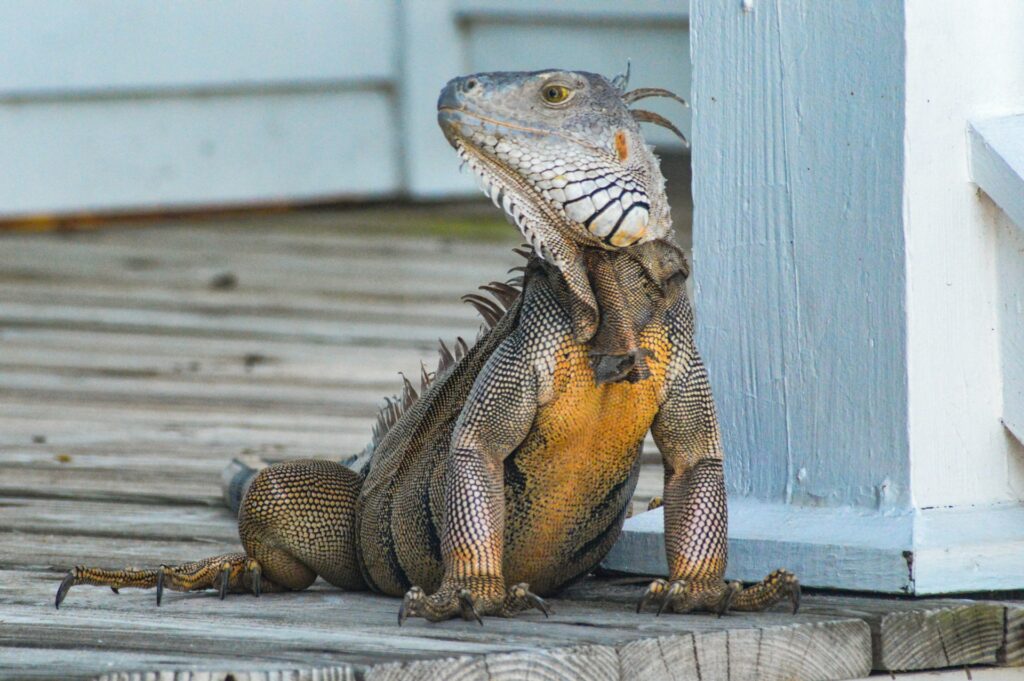
Before bringing your new lizard home, it’s essential to understand the specific temperament of its species. Some lizard species are naturally solitary and may become territorial or aggressive when housed with others, while other species might thrive with companionship under the right conditions. Bearded dragons, for instance, can sometimes cohabitate but may display dominance behaviors that stress subordinate individuals. Green anoles typically require significant space and visual barriers if kept together, as males can be highly territorial. Research your specific lizard species thoroughly, consulting with experienced keepers or herpetologists to determine whether cohabitation is appropriate or if a solitary environment would better suit your reptile’s natural behaviors and needs.
Preparing the Enclosure for Your New Arrival
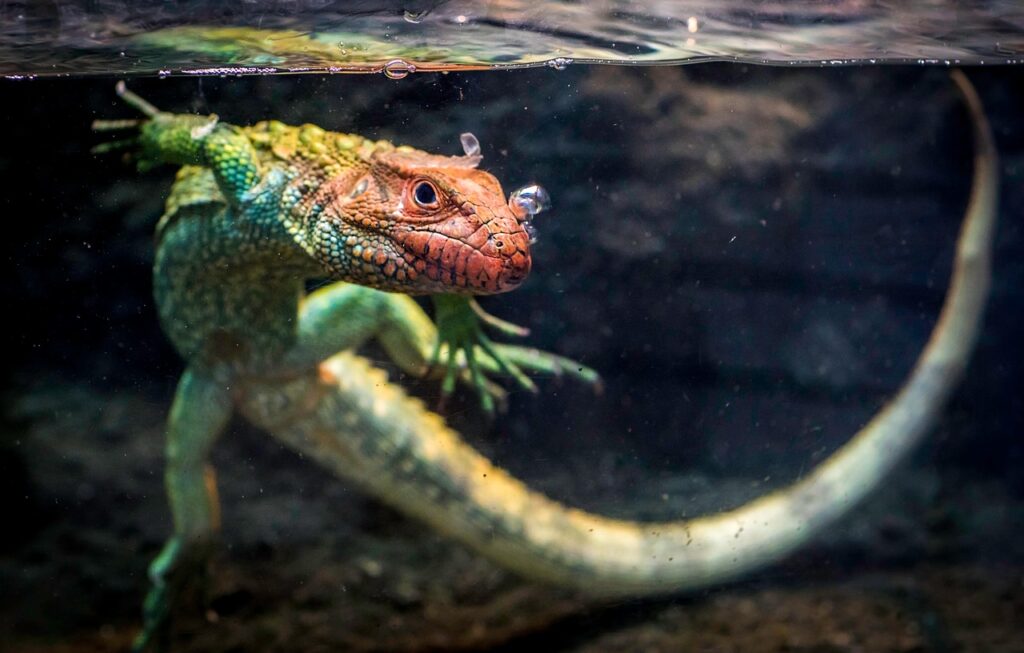
Proper enclosure preparation is crucial for a successful lizard introduction. Start by thoroughly cleaning the habitat, removing any waste, old substrate, or potential contaminants that could harbor bacteria or parasites. Set up appropriate temperature gradients with basking spots and cooler areas, ensuring the ambient temperature falls within the recommended range for your specific lizard species. Install UVB lighting that provides the correct spectrum and intensity for your reptile’s physiological needs. Create multiple hiding spots, climbing structures, and visual barriers that will allow your lizard to establish territory and retreat when feeling threatened. Fresh water sources, proper humidity levels, and species-appropriate substrate complete the foundation for a stress-reduced introduction experience.
Quarantine Procedures: A Crucial First Step
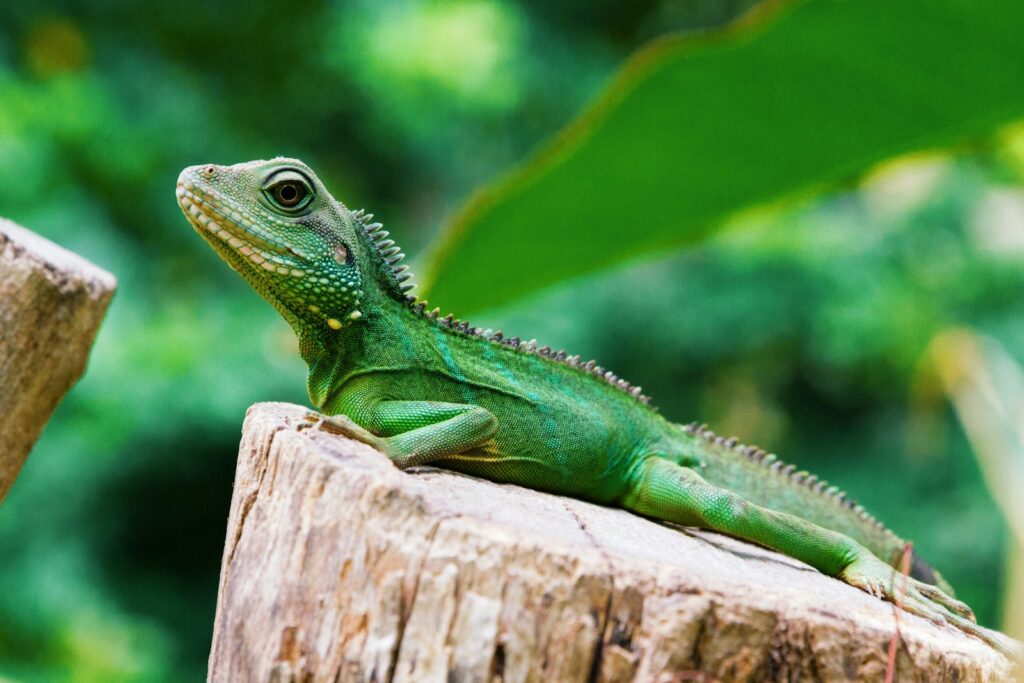
Quarantining your new lizard before introduction to an existing habitat or other reptiles is non-negotiable for responsible reptile keeping. Set up a separate quarantine enclosure with appropriate heating, lighting, and habitat features where your new lizard can live for a minimum of 30-90 days. During this period, carefully monitor for any signs of illness, parasites, or abnormal behavior that could indicate health issues. Schedule a veterinary check-up with a reptile specialist who can perform fecal tests and a physical examination to rule out common reptile diseases.
This quarantine period not only protects any existing reptiles in your collection from potential disease transmission but also gives your new lizard time to recover from the stress of relocation and transportation, increasing the chances of a successful introduction later.
Timing the Introduction Process
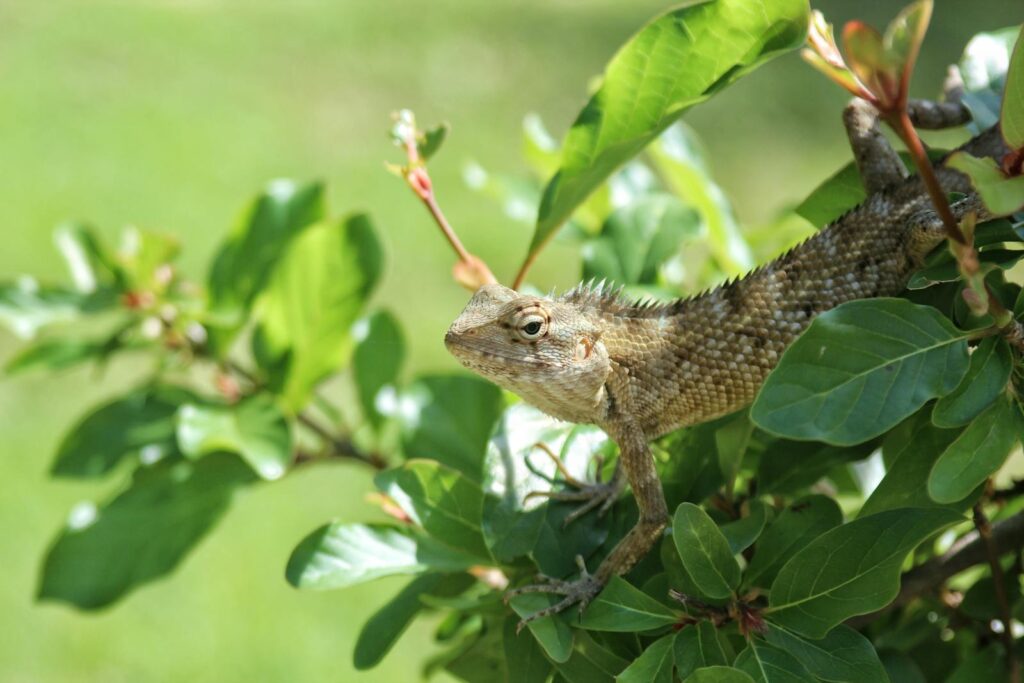
The timing of your lizard’s introduction can significantly impact its stress levels and adjustment period. Avoid introducing your lizard during its most active times of day, as heightened activity can translate to increased stress in unfamiliar surroundings. For diurnal species like bearded dragons or green anoles, late afternoon often works well, allowing them to explore briefly before settling in for the night. Nocturnal species like leopard geckos may benefit from introductions in the early morning when they’re naturally less active.
Consider seasonal factors as well – many reptiles experience behavioral changes during breeding seasons that can make introductions more challenging. Additionally, avoid introductions during shedding periods when lizards are naturally more vulnerable and irritable, instead waiting until they’ve completed a successful shed in their quarantine enclosure.
Temperature Acclimation Techniques
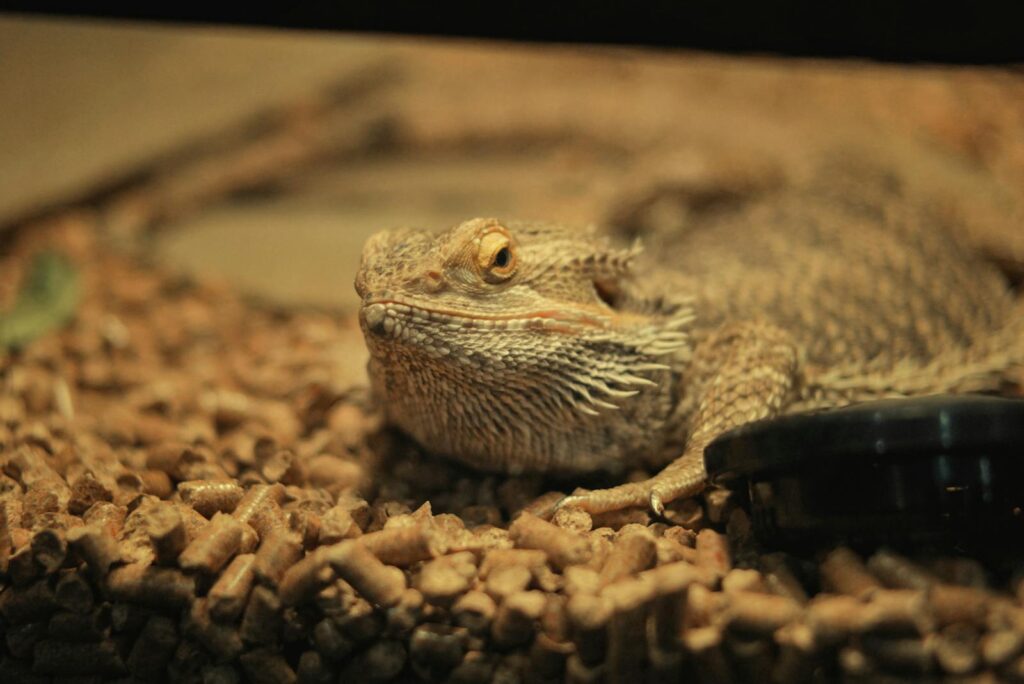
Reptiles are ectothermic creatures whose bodily functions depend heavily on environmental temperatures, making temperature acclimation a vital step in the introduction process. Begin by ensuring the new enclosure’s temperature gradient matches the recommended range for your specific lizard species before introduction.
When transferring your lizard, place the transport container inside the new enclosure for 15-20 minutes to allow the temperature to equalize gradually, preventing thermal shock. Monitor your lizard closely during its first 48 hours, watching for signs that it’s utilizing the temperature gradient appropriately by moving between basking and cooler areas. If you notice your lizard avoiding the basking spot or spending excessive time in cool zones, adjust your heating elements accordingly and continue monitoring until you observe normal thermoregulatory behavior.
Visual Introduction Methods for Multiple Lizards
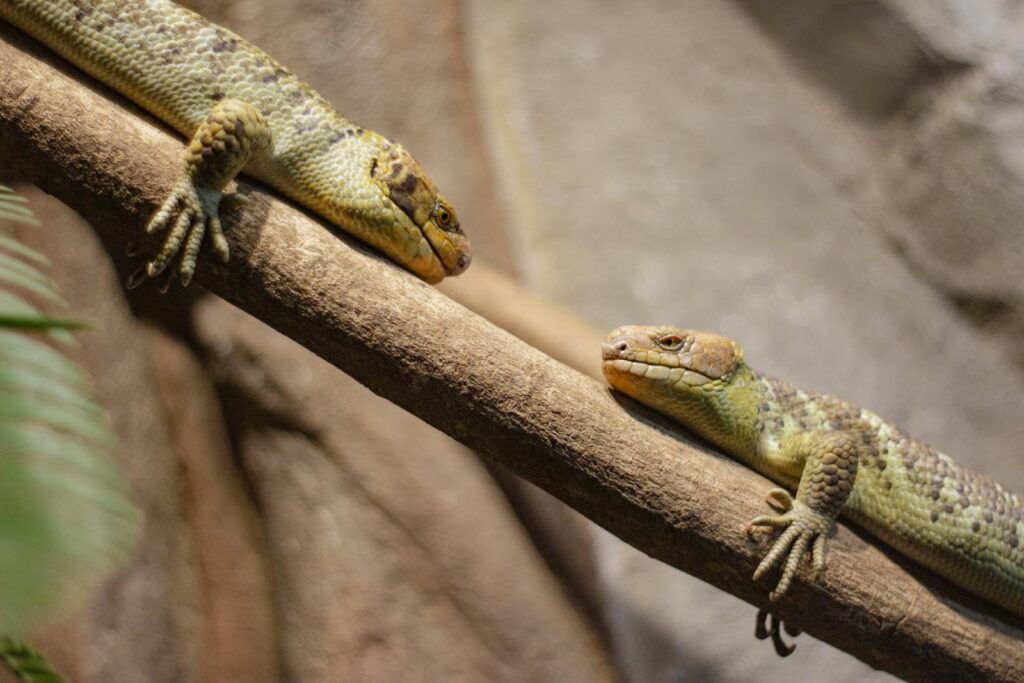
When introducing lizards to each other, a gradual visual introduction helps reduce territorial aggression and stress. Start by placing their enclosures side by side, allowing them to see each other without physical contact for several days to a week. Observe their behaviors during this time – tail wagging, head bobbing, color changes, or glass surfing may indicate stress or territorial displays that warrant extending the visual introduction period. Once these behaviors subside, you can progress to supervised interaction in a neutral territory that doesn’t belong to either lizard. A large plastic bin or separate temporary enclosure with minimal décor works well for these short, monitored meetings. Gradually increase the duration of these interactions, always remaining vigilant for signs of aggression or extreme stress that would indicate incompatibility.
Handling and Transfer Techniques to Minimize Stress
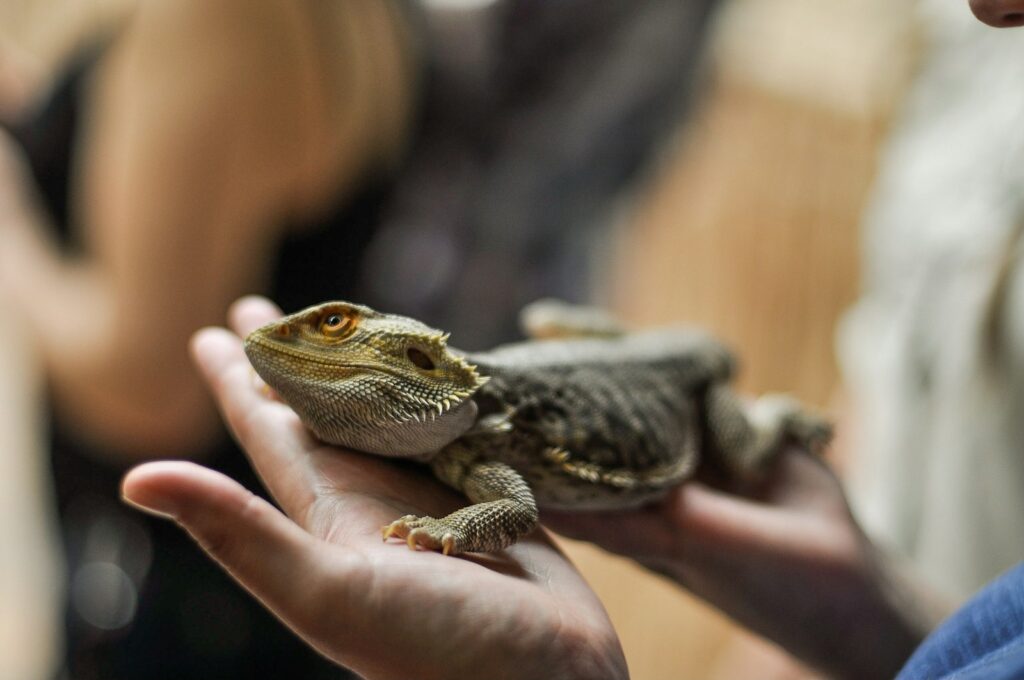
The physical transfer of your lizard to its new enclosure should be executed with care to minimize handling stress. Prepare all necessary equipment beforehand, including gloves if appropriate for your species, a secure transport container, and a small towel for skittish species. Approach your lizard calmly and from the side rather than from above, which can trigger predator avoidance responses. Support your lizard’s entire body, especially its legs and tail, during transfer to prevent injury or autotomy (tail dropping) in susceptible species. For particularly nervous lizards, placing them in a small, secure container first and then opening this inside the new enclosure allows them to emerge at their own pace. Limit handling to the absolute minimum during the first few weeks after introduction, allowing your lizard to adjust to its new surroundings without additional stressors.
Creating Safe Retreats and Territory Opportunities
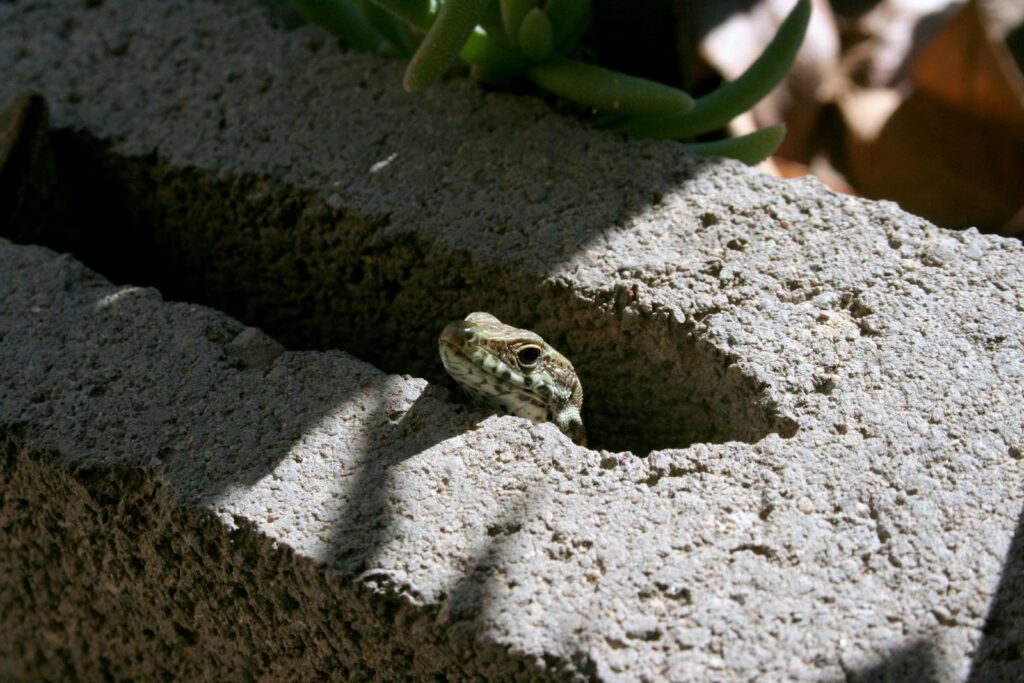
Lizards require secure hiding places where they can retreat when feeling threatened, making these features essential for successful introductions. Install multiple hides throughout the enclosure, ideally providing at least two hide options for each lizard if housing multiples together. Position retreats at different temperature zones so your lizard can thermoregulate while feeling secure – one hide in the basking area and one in the cooler zone works well for most species.
For arboreal species like crested geckos or chameleons, vertical hiding opportunities such as dense foliage, cork bark tubes, or commercially available canopy hides provide essential security.
When housing multiple lizards, create visual barriers using rocks, plants, or décor that break line-of-sight, allowing subordinate individuals to escape visual triggers of dominant behavior and establish their own micro-territories within the shared space.
Monitoring Feeding Behavior During Transition
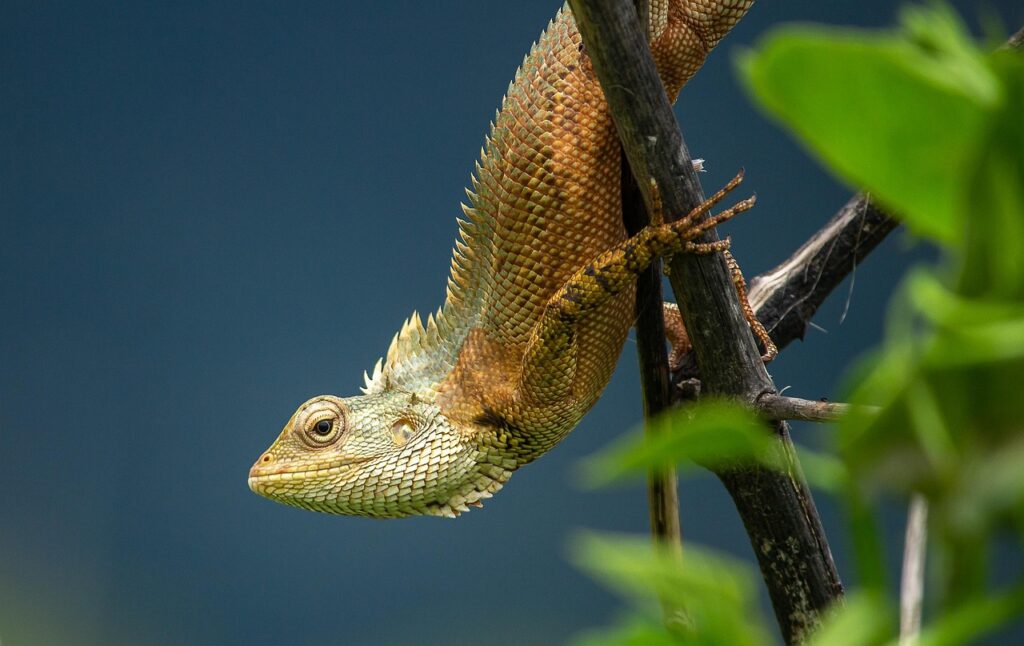
Many lizards experience temporary appetite suppression following introduction to a new environment, making careful feeding monitoring essential during this transition period. Avoid offering food for the first 24-48 hours after introduction, allowing your lizard time to acclimate to its new surroundings without the added pressure of feeding. When you begin feeding, start with smaller portions of favorite foods that are most likely to stimulate appetite – live prey often works well for insectivores, while colorful fruits might entice omnivorous species.
Monitor not just whether your lizard is eating, but also where and when feeding occurs; some lizards may only feel comfortable eating from certain locations or during specific times when they feel secure. If refusing food persists beyond two weeks or is accompanied by weight loss, consult a reptile veterinarian to rule out health issues potentially complicating the transition.
Recognizing and Addressing Signs of Stress
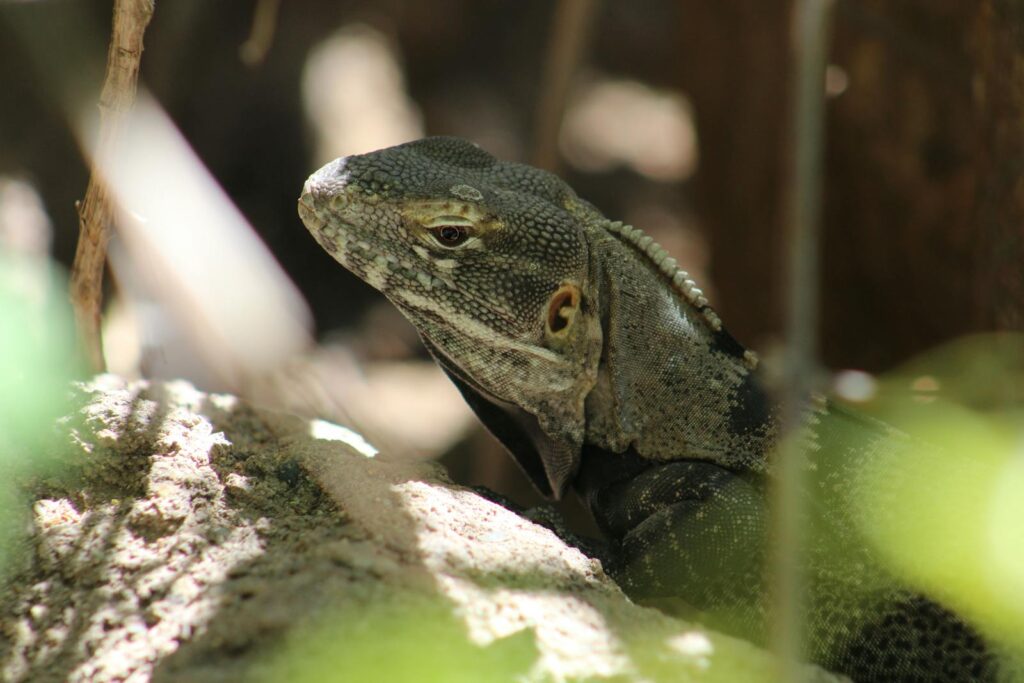
Learning to recognize stress indicators in your specific lizard species is crucial for managing the introduction process effectively. Common universal signs include decreased appetite, excessive hiding, color darkening, rapid breathing, and unusual inactivity or hyperactivity. Species-specific stress behaviors might include glass surfing in bearded dragons, excessive digging in leopard geckos, or stress marks (darkened patterns) in crested geckos. If you observe these behaviors, assess and modify potential stressors – perhaps the enclosure location is too high-traffic, the lighting too intense, or hiding opportunities insufficient.
Sometimes simply covering part of a glass enclosure to reduce exposure or adding additional retreats can significantly reduce stress levels. Persistent stress despite modifications may indicate the need to completely reassess your setup or, in cases of cohabitation attempts, separate incompatible individuals before serious health consequences develop.
Establishing Proper Feeding Stations for Multiple Lizards
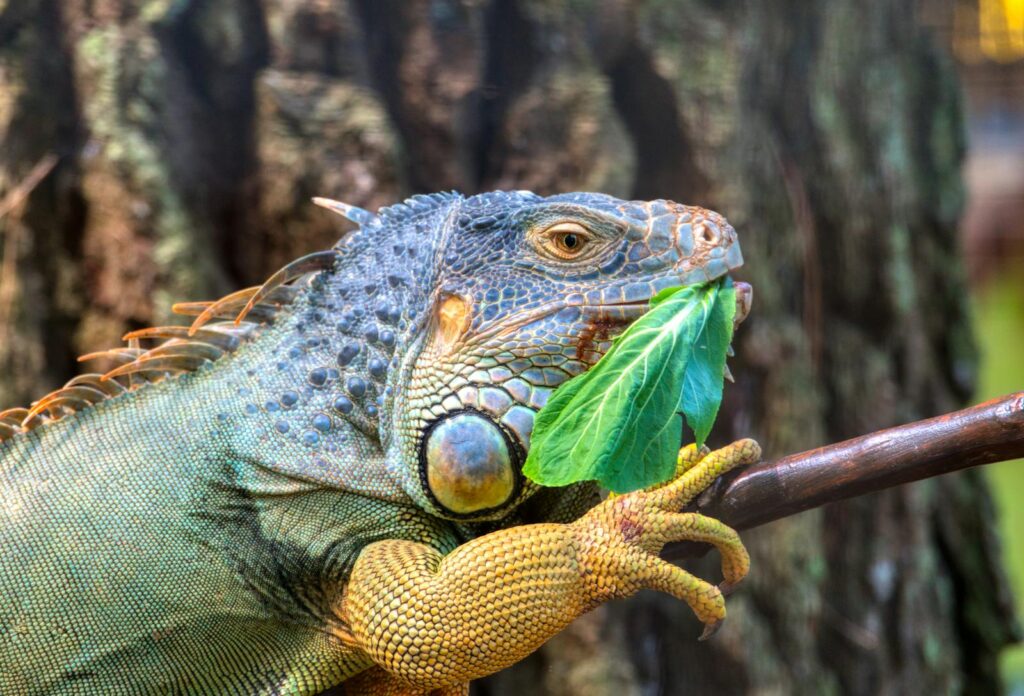
When housing multiple lizards together, establishing separate feeding stations helps prevent resource competition and ensures each individual receives adequate nutrition. Create designated feeding areas in different parts of the enclosure, using distinctive dishes or feeding platforms that your lizards can learn to recognize. For insectivorous species, offer live prey in separate feeding containers to prevent insects from escaping into the enclosure and causing feeding frenzies.
Schedule careful observation during feeding times to identify any individuals being prevented from accessing food by more dominant cage mates. If significant feeding competition occurs despite separate stations, you may need to temporarily separate lizards during feeding times or reconsider whether cohabitation is appropriate for these particular individuals. Remember that even species that can theoretically cohabitate may include specific individuals with incompatible personalities.
Gradual Introduction to Handling Routines
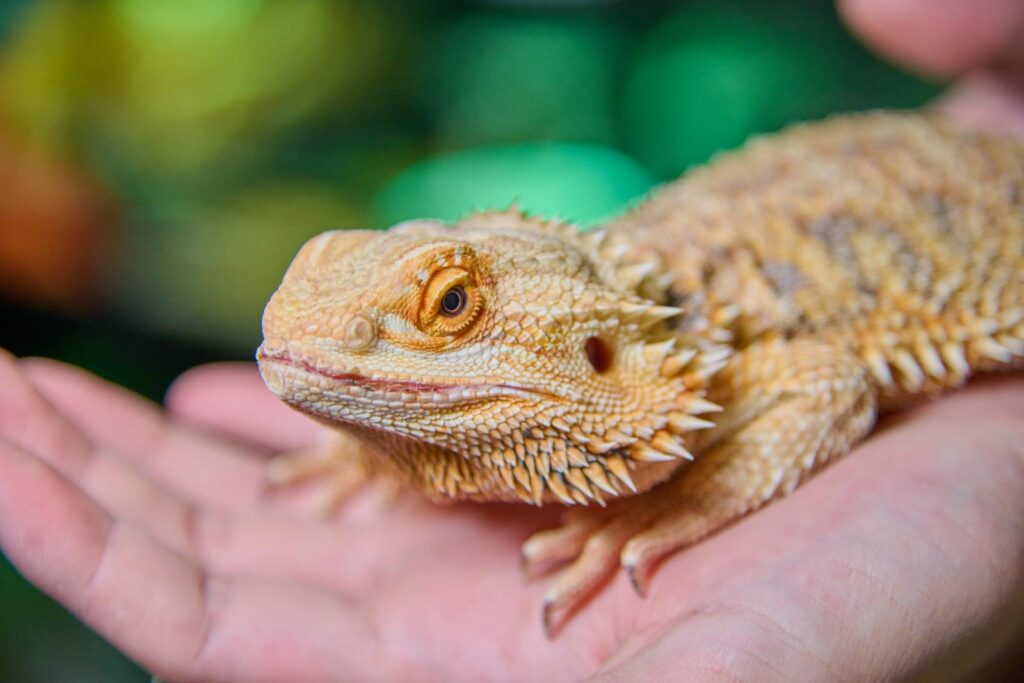
Once your lizard has settled into its new enclosure, typically after 2-3 weeks of acclimation, you can begin establishing a gentle handling routine. Start with brief, positive interactions that don’t necessarily involve removing the lizard from its enclosure – simply placing your hand nearby or offering food from your fingers (for appropriate species) can build positive associations.
When progressing to actual handling, keep initial sessions extremely brief, perhaps just 30 seconds to a minute, gradually extending duration as your lizard shows signs of comfort such as relaxed body posture and normal breathing patterns. Always handle your lizard over a soft surface close to the ground to prevent injury in case of jumps or falls. Associate handling with positive experiences when possible, such as offering appropriate treats during or immediately after handling sessions for species that respond well to food rewards.
When to Seek Professional Advice
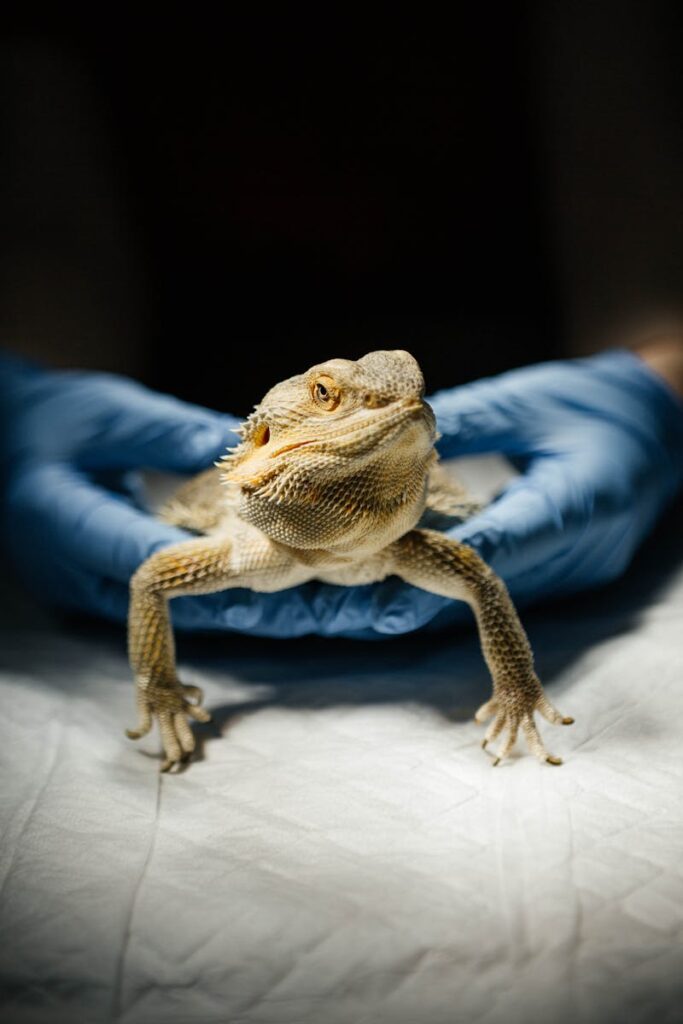
Despite your best efforts, some introduction situations may require expert intervention to ensure your lizard’s welfare. Persistent stress behaviors lasting more than two weeks, complete food refusal, weight loss, aggressive interactions between cohabiting lizards, or any signs of illness during the transition period warrant professional consultation. Reach out to a veterinarian specializing in reptiles who can provide medical assessment and rule out health issues complicating the acclimation process.
For behavioral concerns, experienced herpetologists or reptile rescue organizations can often provide species-specific advice for challenging introduction scenarios. Be prepared to provide detailed information about your setup, the lizard’s history, and specific behaviors you’re observing to help professionals diagnose the situation accurately. Remember that seeking help promptly can prevent minor adjustment difficulties from developing into serious health or welfare concerns.
The introduction of a new lizard to its enclosure represents a critical transition period that significantly impacts its long-term health and wellbeing. By understanding your lizard’s specific needs, properly preparing its habitat, and implementing a gradual, stress-minimizing introduction process, you create the foundation for a successful adjustment. Remember that patience is paramount—some lizards adapt quickly to new environments, while others may require weeks to feel secure.
Throughout this process, remain flexible and responsive to your lizard’s individual needs, always prioritizing its welfare over arbitrary timelines. With careful attention to the guidelines outlined above, you can help your new reptilian companion transition smoothly into its forever home, setting the stage for a rewarding relationship between keeper and lizard.

